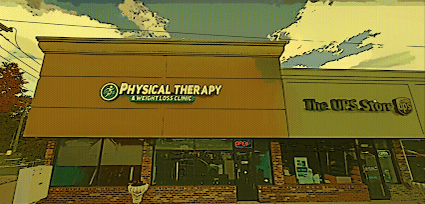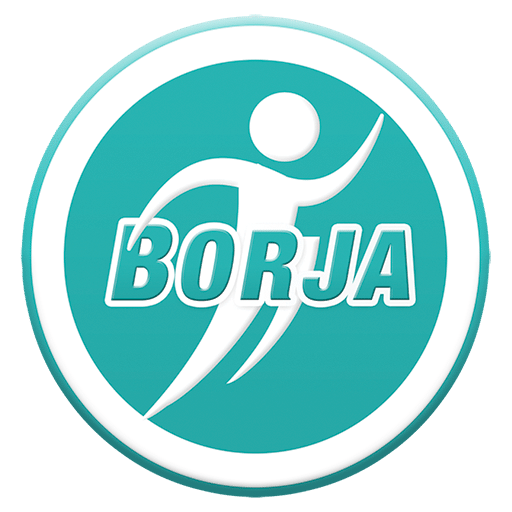The Anatomy
Two bony structures of the lower back (or lumbosacral region of the spine) are the lumbar vertebrae and the sacrum. To be accurate, the bones themselves are pain insensitive. The periosteum is a thin membrane covering every bone of the body. It’s richly supplied by pain-sensitive nerves and is the culprit for your pain. Understanding the different components of your lower back and spine will help you learn the cure to back, buttock and hip pain.

The Sacrum
The sacrum is actually a stack of fused vertebrae that roughly looks like an upside-down triangle. The sacrum’s role is to attach the lumbar spine to the pelvis at what is called the “Sacroiliac joint”. If one of these areas seems to be the problem, then there’s a good chance it’s affecting others as well.
Pain related to the SI joint is most noticeable in the lower back. It can also radiate into one hip, leg, or glute. The pain may worsen when bending, running, climbing stairs, jumping, or after sitting for long periods of time.
Nerves
Nerves – The spinal nerve roots heading down to the legs to provide sensation and control of movement come from the spinal cord. The spinal nerve root can get pinched at this point by a herniated disk or bone spur, resulting in pain shooting down the leg (“sciatica”) and weakness in the leg.
Muscles
Muscles are a common, often overlooked source of pain, particularly with an acute back sprain injury. A muscle is a definite pain generator, think of a “charley horse” causing calf or hamstring pain. Likewise, we have multiple layers of muscles in the back, any one of which can produce sudden or extended periods of pain.
Testing
To determine what is causing the low back pain, the doctor needs information, such as the history (what you can tell the doctor about the pain), the examination (examining the back as well as how the nerves to the legs are working) and imaging (radiologic procedures – x-rays and scans), which allows us to look into the interior of the body. These imaging procedures have significantly improved our diagnostic accuracy, but each one has its own limitations.
The most common procedures are plain x-ray, CT scans, and MRI scans. Less common imaging procedures are myelogram and discogram. There are some causes of low back pain, such as muscle strain and facets, in which the images of the back are normal. Thus, the x-ray or scan is only one piece of information that the doctor uses to diagnose the cause of low back pain.
Treatment
Low back pain treatment success lands squarely on having the correct diagnosis. Appropriate treatment depends upon what the doctor concludes is the cause of the low back pain. Basically, there are only two ways to treat lumbosacral pain – surgery or no surgery. Non-surgical treatment, termed conservative treatment, can be very effective. In fact, studies have shown that up to 90% of individuals experiencing an episode of acute low back pain become pain-free by twelve weeks after the onset of their symptoms.
Borja PT offers a free examination to determine which combination of these injured structures you would fit into. Our exam requires no paperwork, payment, or script – just walk right in! We also give a plan of care to treat your pain and even a few exercises to work on at home in order to relieve back pain as quickly as possible. Click here to learn how to contact our clinic and get out of pain today!



